Small Sculpture

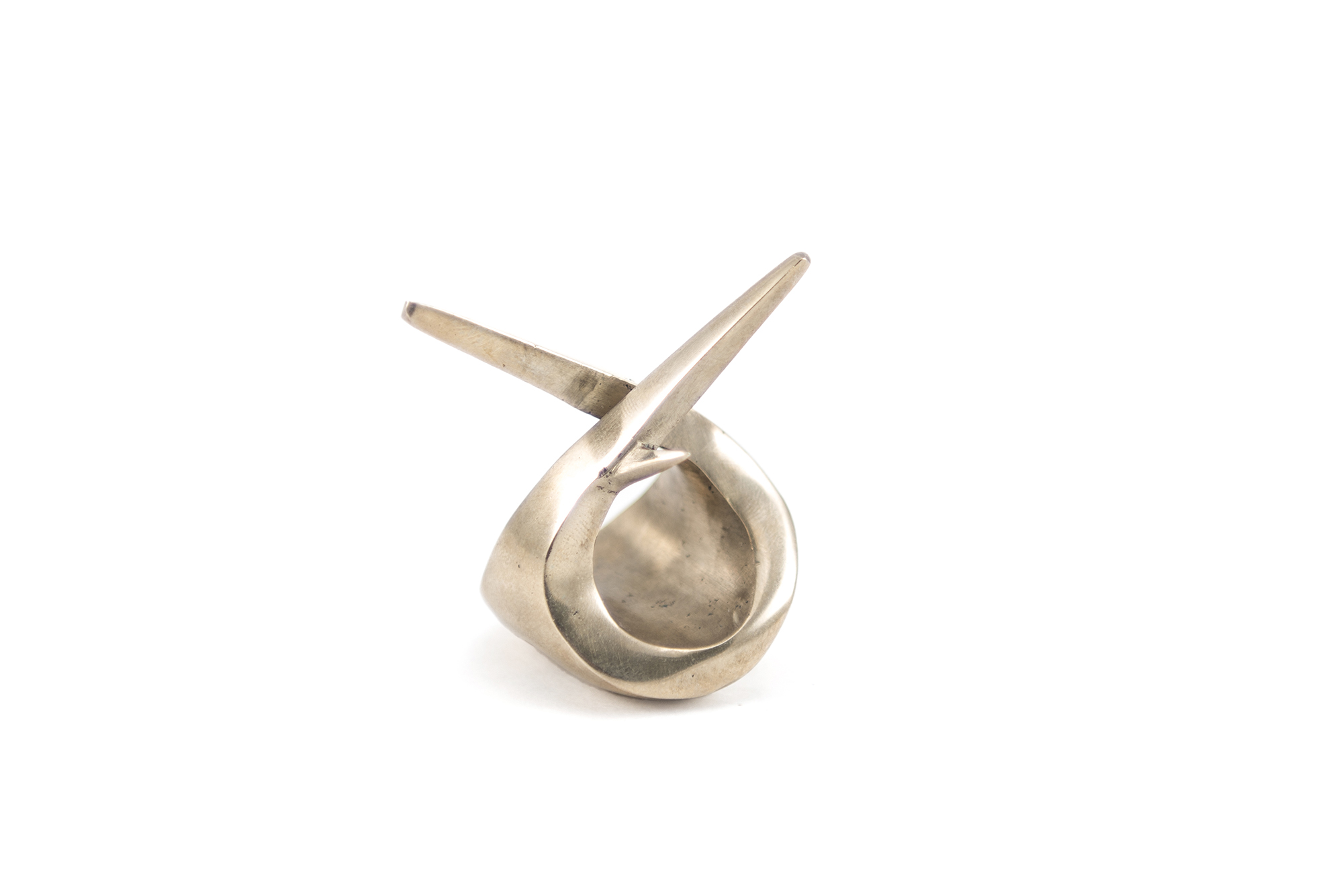
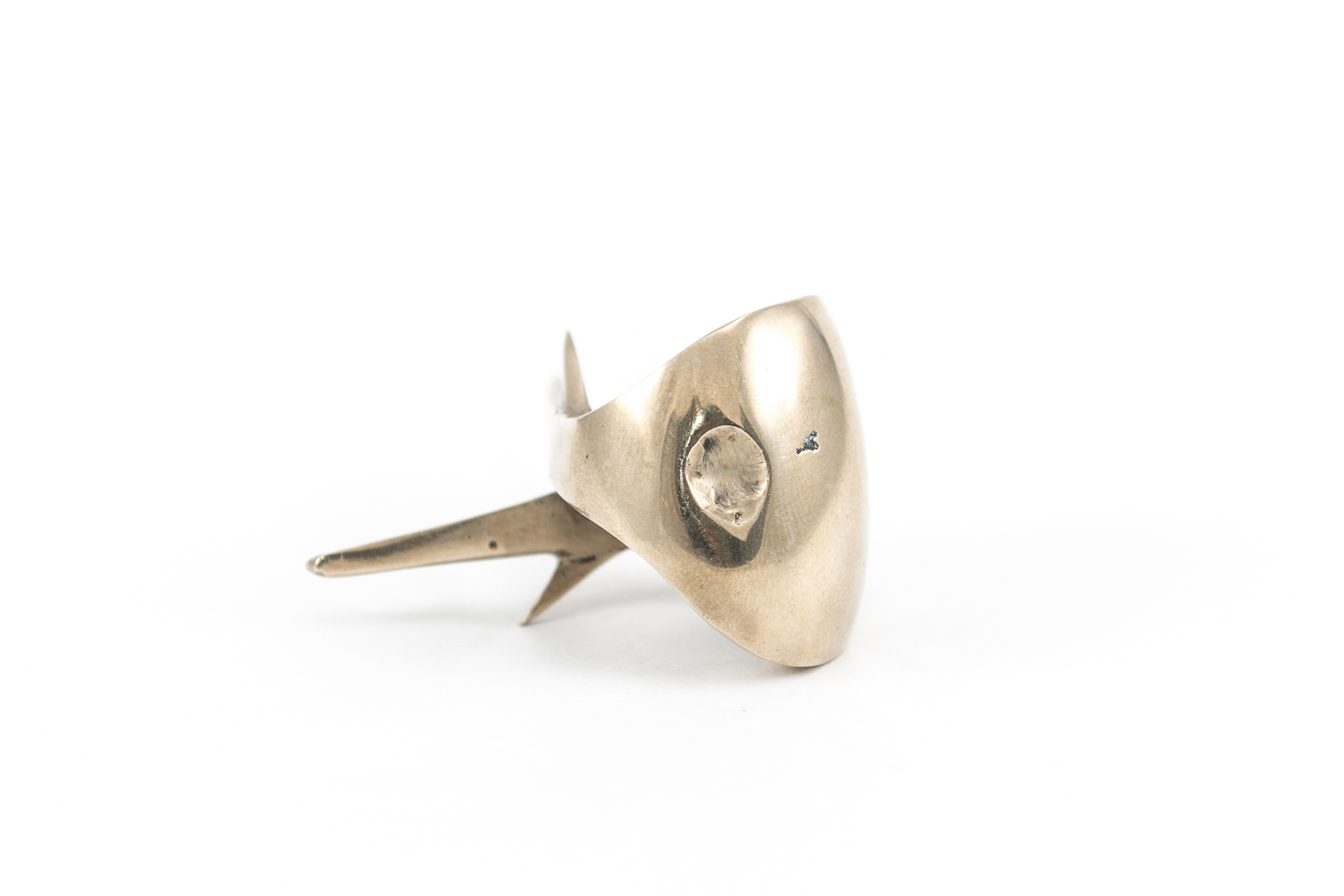
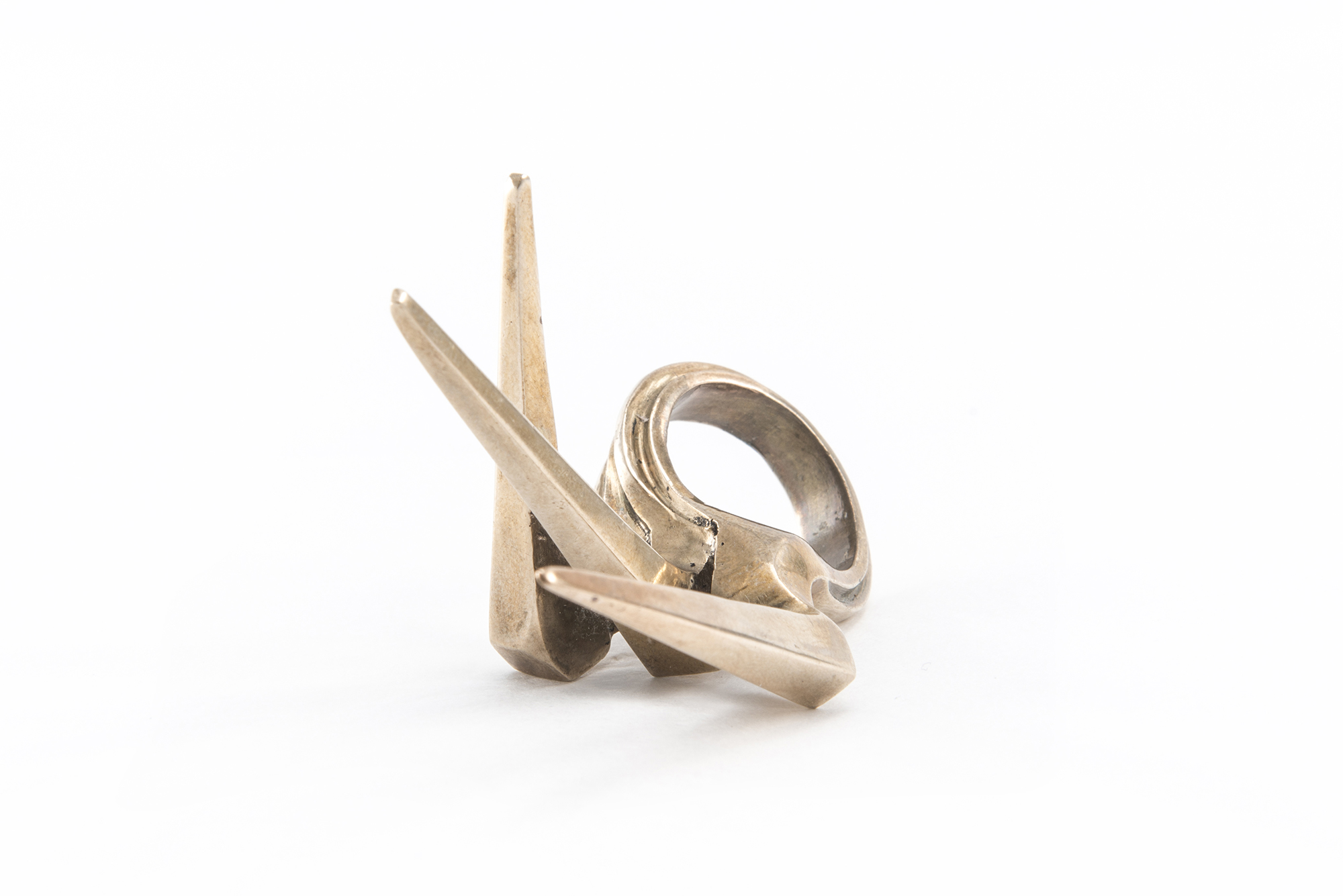
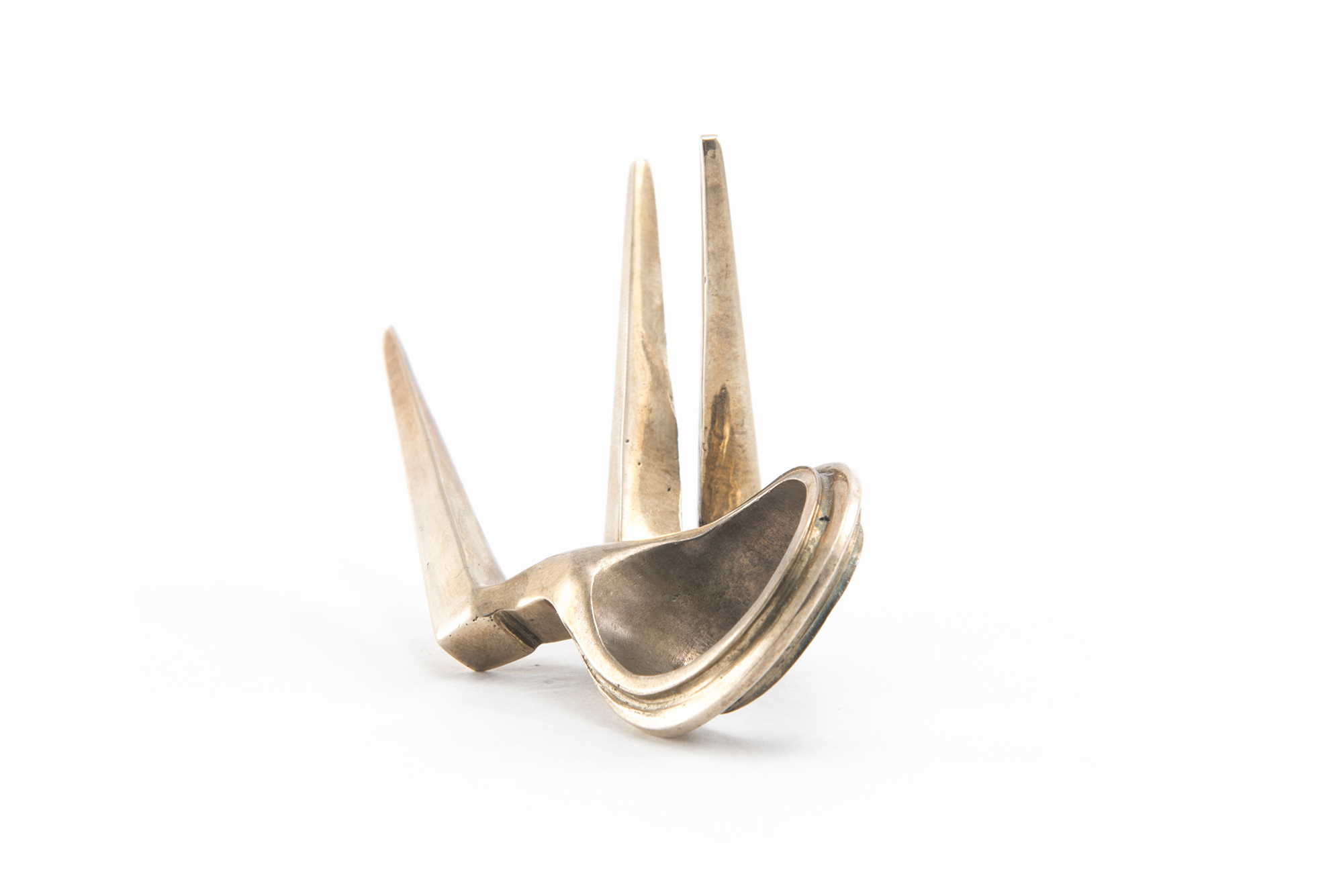
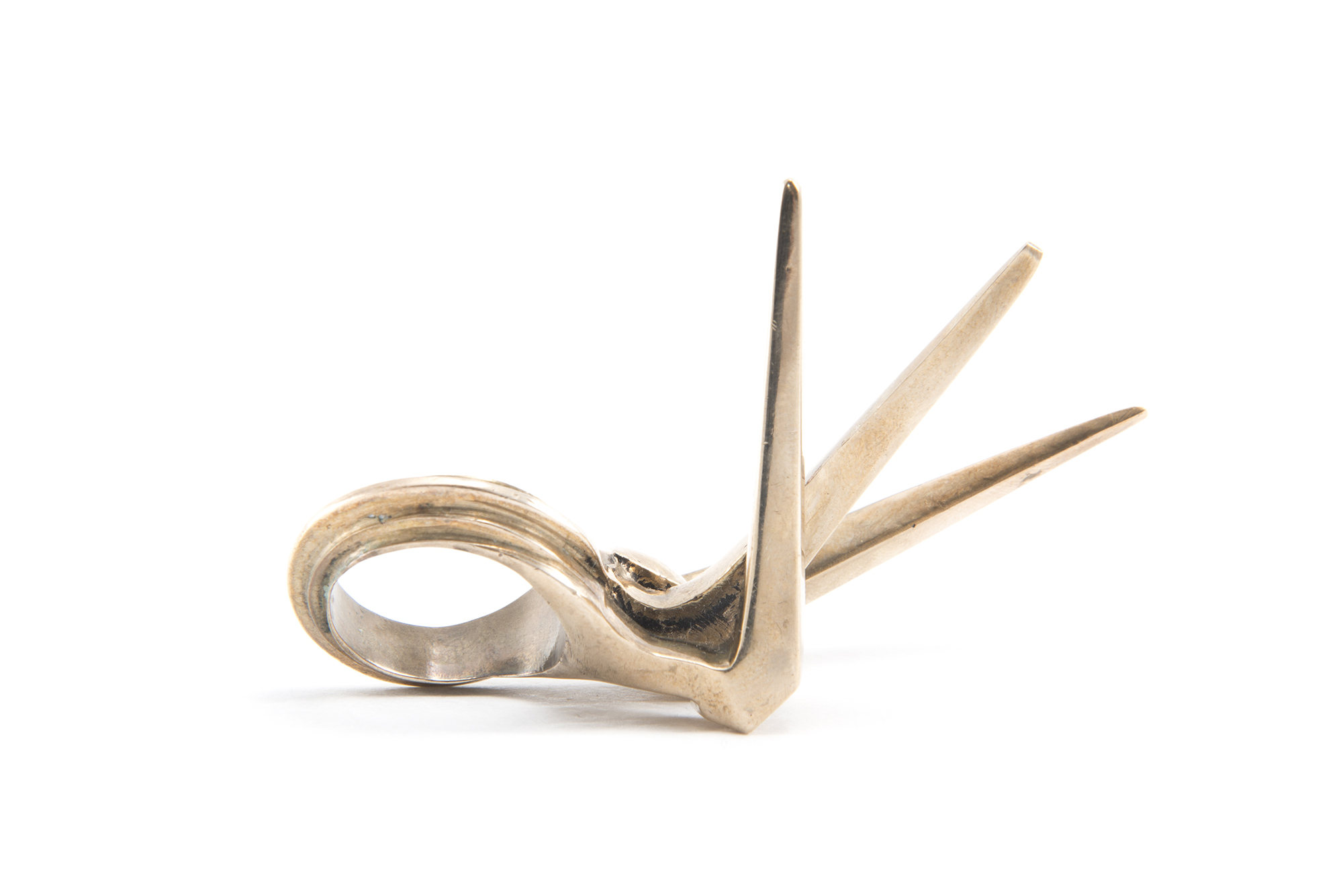
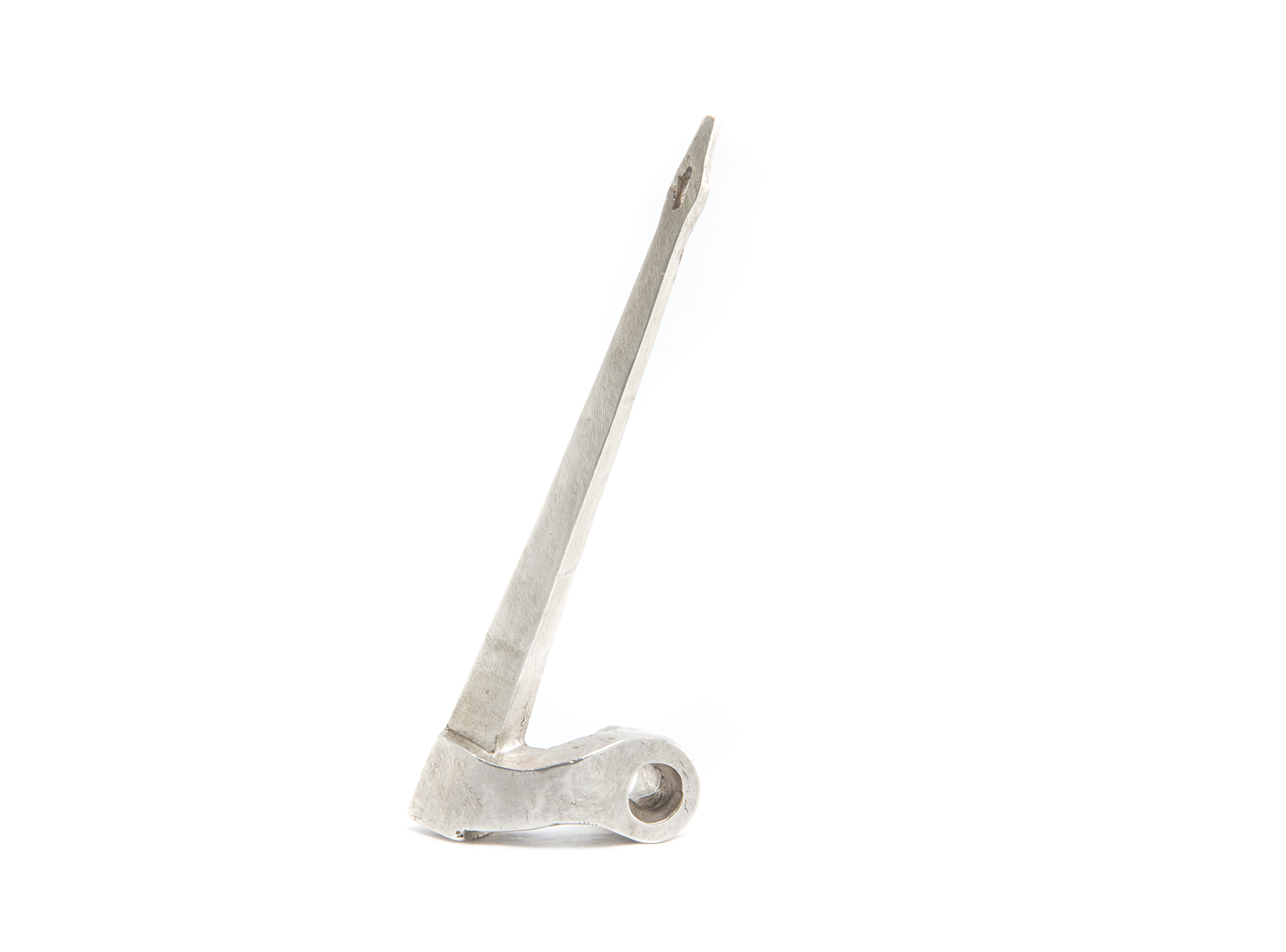
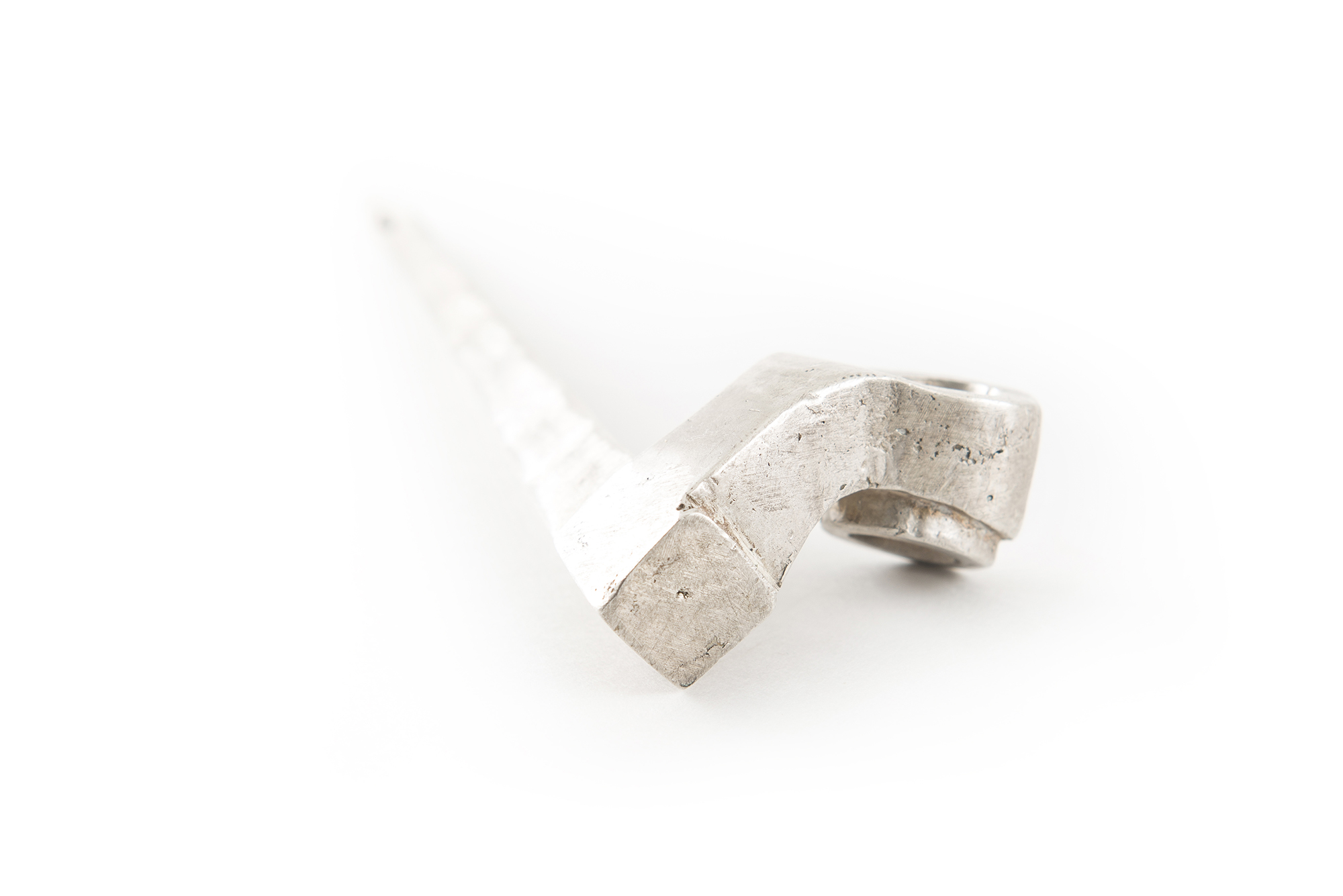
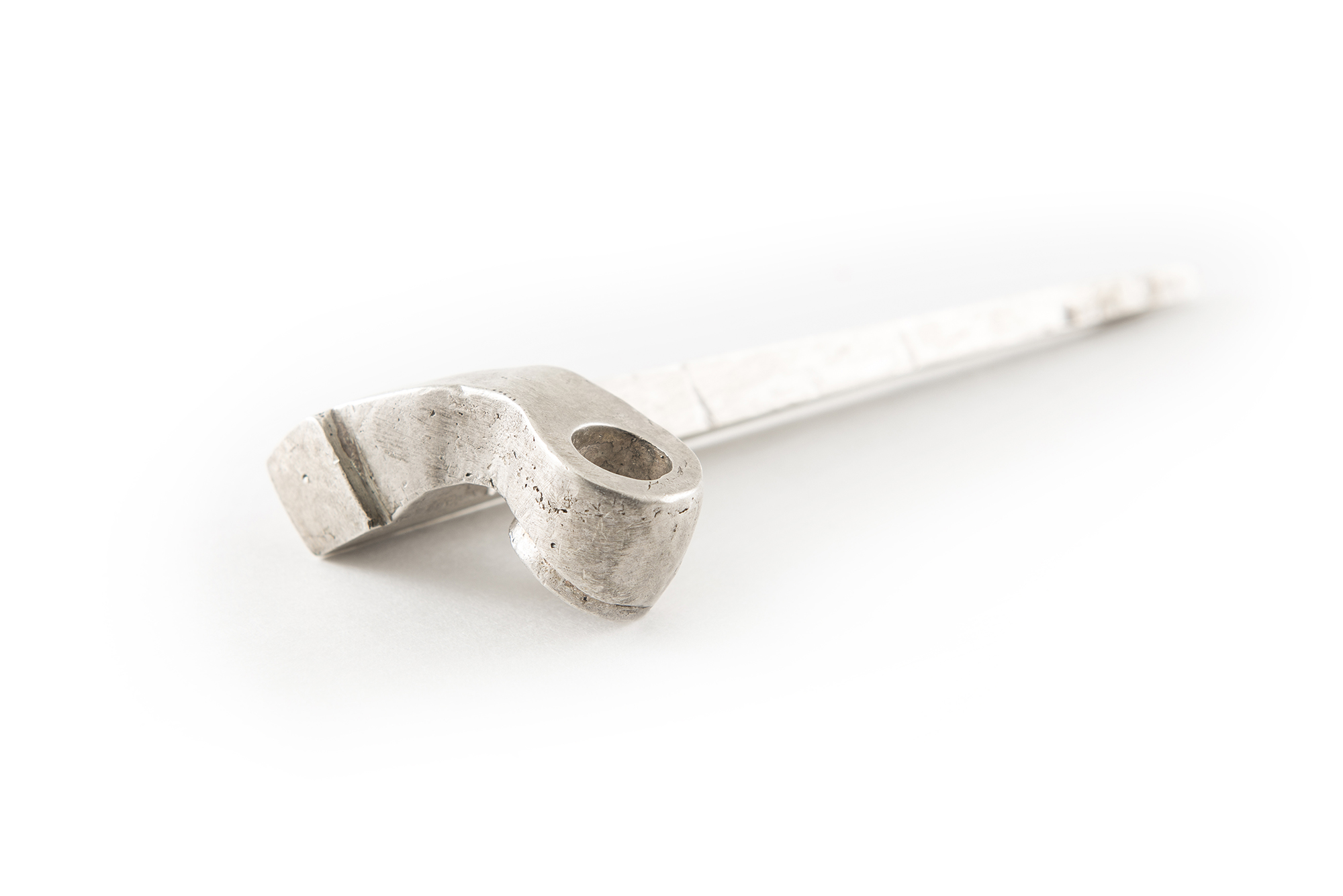
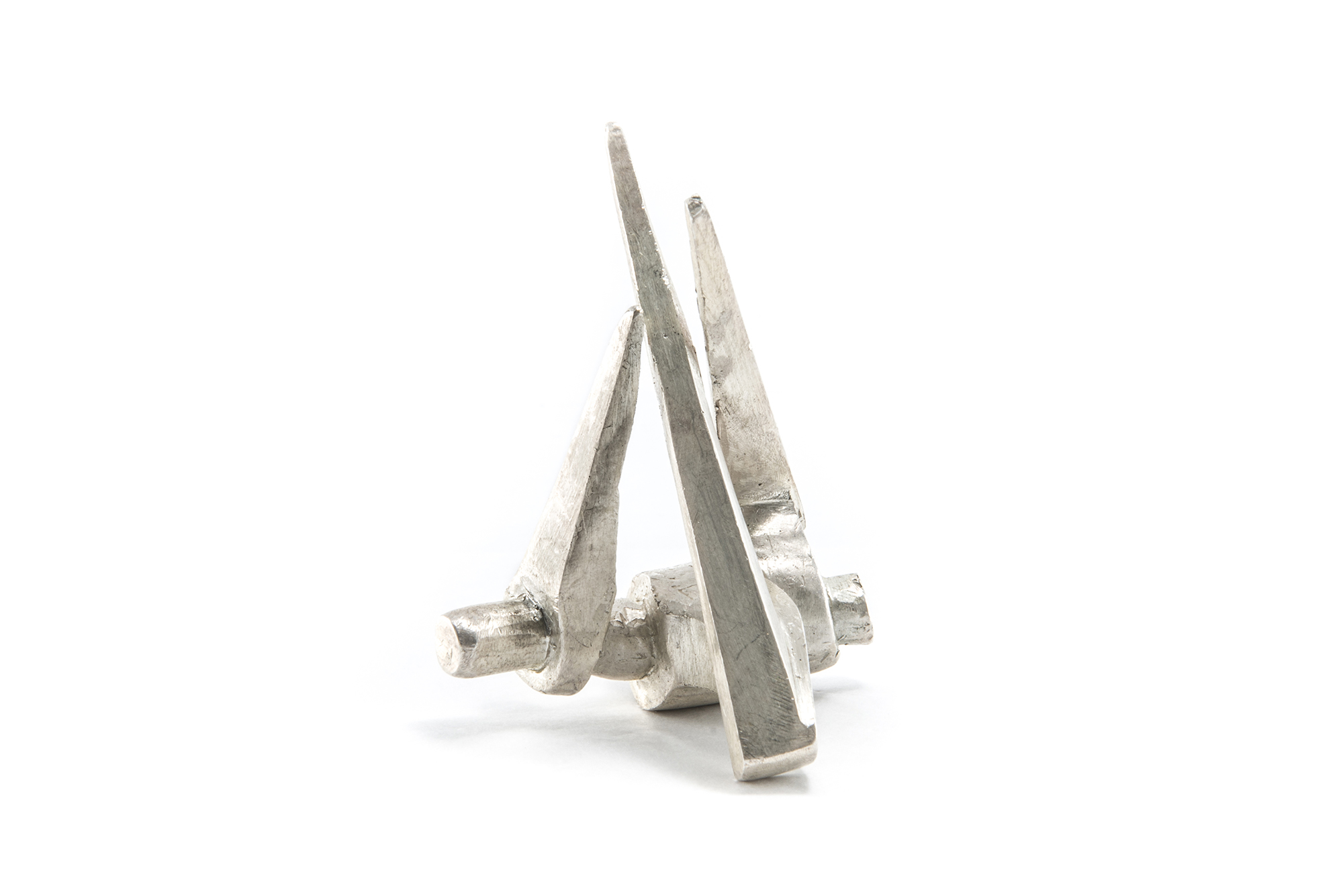
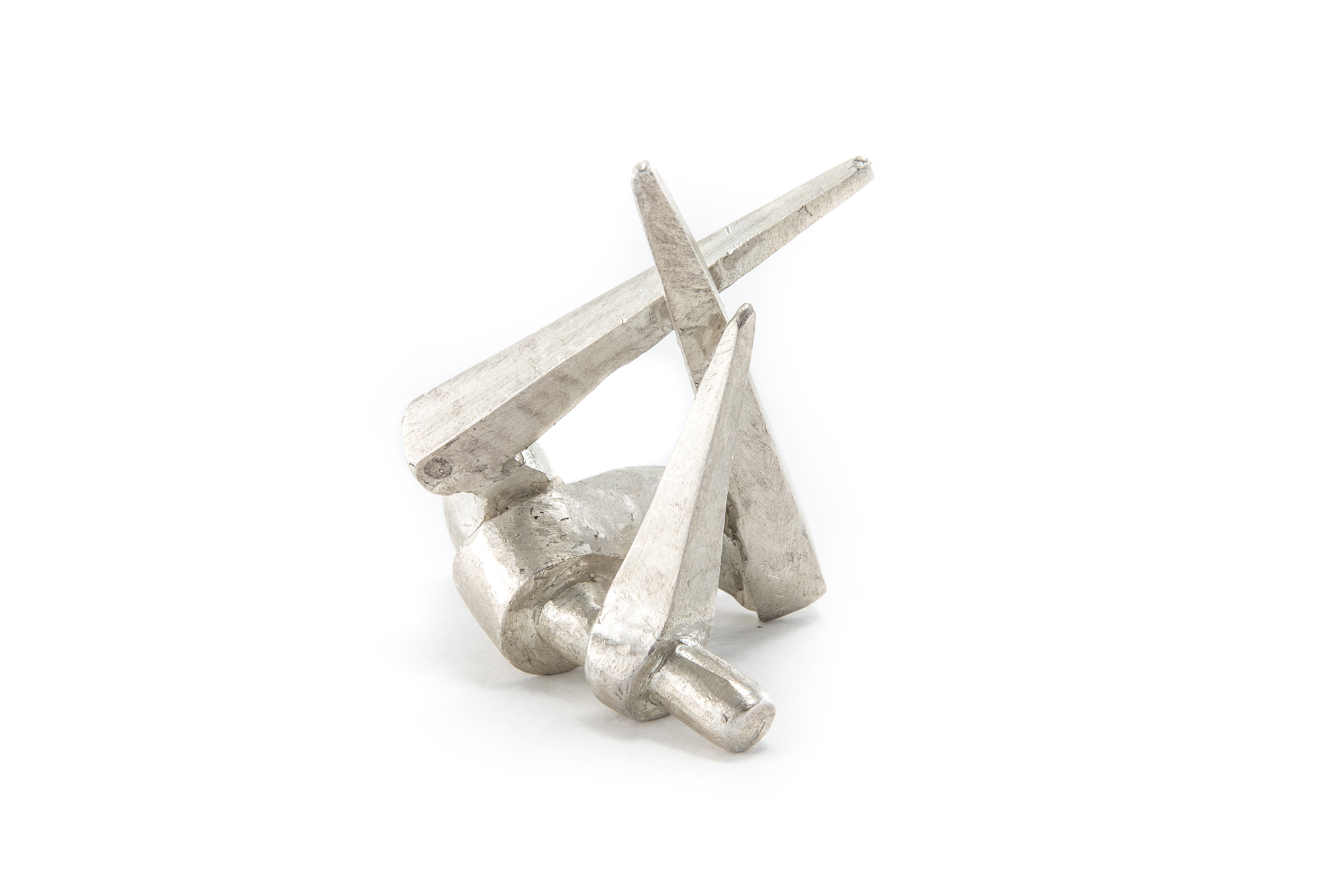
















The concepts and complexities of today’s world – from the largest forms that surround and crush us to the most minute forms that show the bitter self-centred nature of daily existence – are forever an integral, or integrated, part of our lives. They reveal themselves through various shapes and sizes, in relation to the given situation we are experiencing. Therefore, their scale plays a crucial role in what they represent, in the quality of the feeling they provoke and the effect they have. When an object is represented in the smallest form, from a particular point of view, its meaning and visual properties experience a profound transformation.
If we see these mammoth notions as minimized objects or subjects, replacing their initially large counterparts, our points of view and the ground in which they are placed generate new concepts, becoming ostensibly simplified. If they are placed on the ideological ground of the body in the form of ornaments, they would become figures without organs, serving two functions: on one hand, they become encapsulated within the land of the body and on the other, they challenge their position within the surrounding ideological space. In fact, these small objects may be considered a language of their own, a medium for transferring and reminding us of life’s internal and external concepts which enforce our powers to imagine. Their small stature and particular forms urge us to investigate the realm of memories – harking back to our search for aspiration – and the comforts found within them, creating a situation in which our desires show themselves stronger than ever before.
The concepts and complexities of today’s world – from the largest forms that surround and crush us to the most minute forms that show the bitter self-centred nature of daily existence – are forever an integral, or integrated, part of our lives. They reveal themselves through various shapes and sizes, in relation to the given situation we are experiencing. Therefore, their scale plays a crucial role in what they represent, in the quality of the feeling they provoke and the effect they have. When an object is represented in the smallest form, from a particular point of view, its meaning and visual properties experience a profound transformation.
If we see these mammoth notions as minimized objects or subjects, replacing their initially large counterparts, our points of view and the ground in which they are placed generate new concepts, becoming ostensibly simplified. If they are placed on the ideological ground of the body in the form of ornaments, they would become figures without organs, serving two functions: on one hand, they become encapsulated within the land of the body and on the other, they challenge their position within the surrounding ideological space. In fact, these small objects may be considered a language of their own, a medium for transferring and reminding us of life’s internal and external concepts which enforce our powers to imagine. Their small stature and particular forms urge us to investigate the realm of memories – harking back to our search for aspiration – and the comforts found within them, creating a situation in which our desires show themselves stronger than ever before.